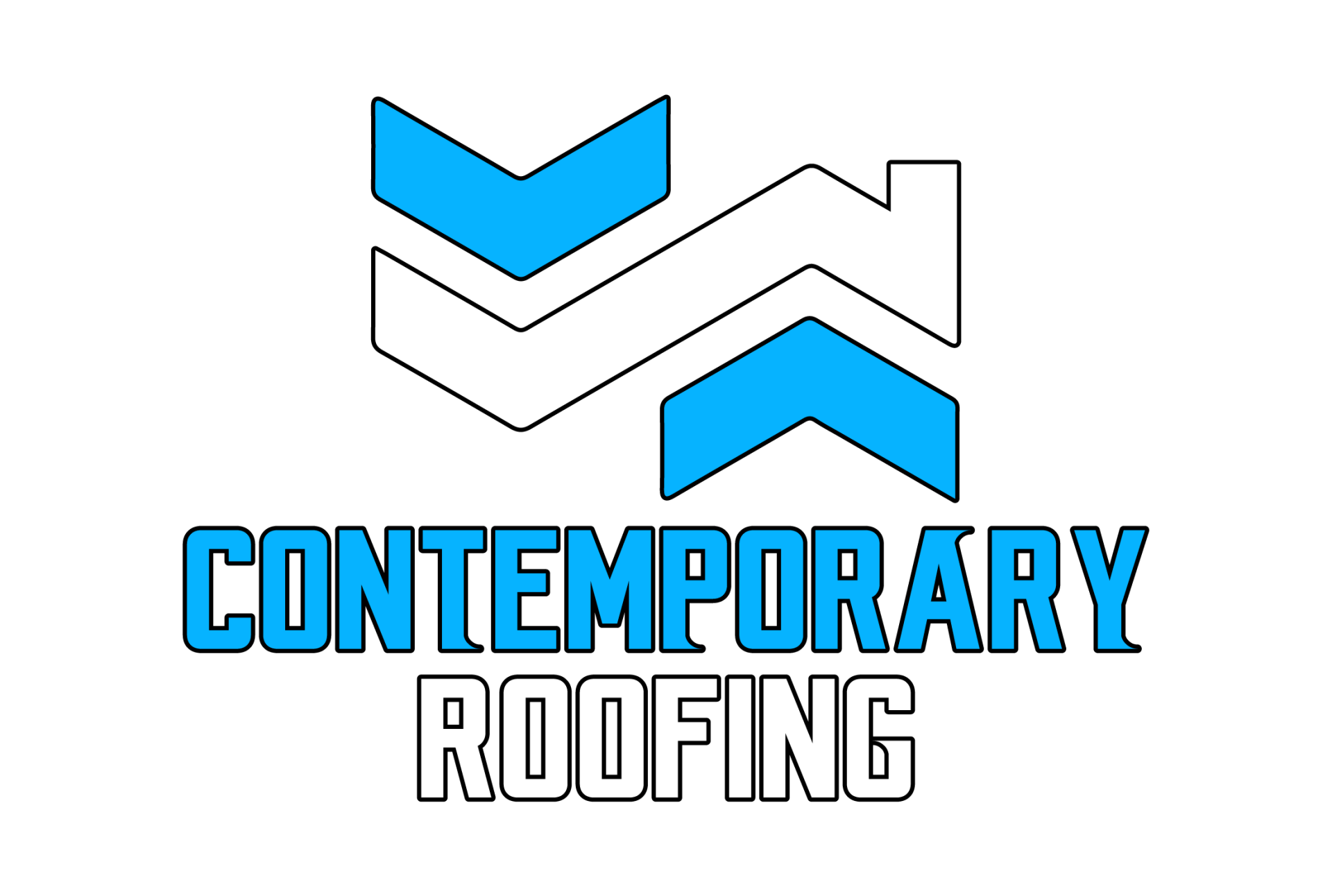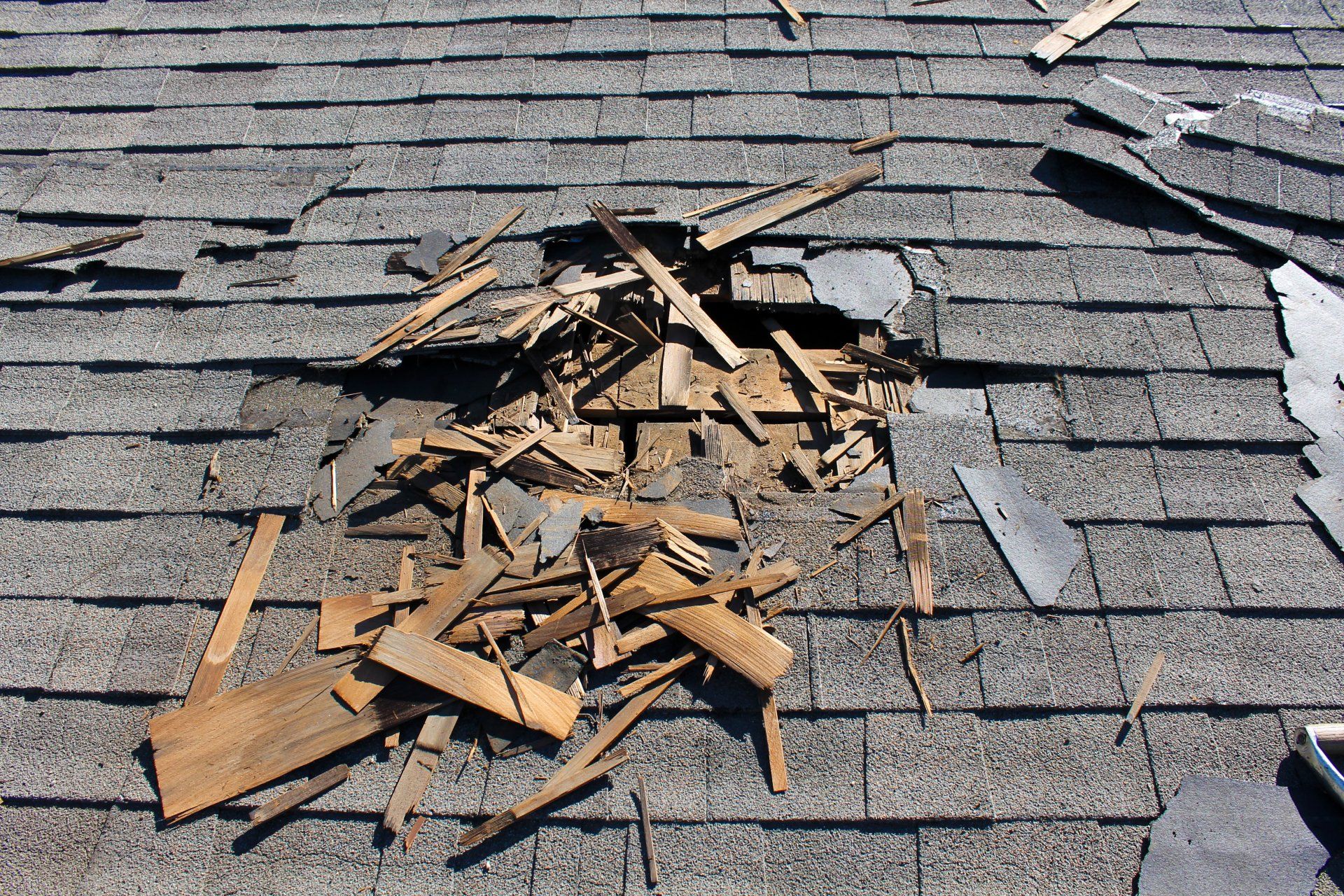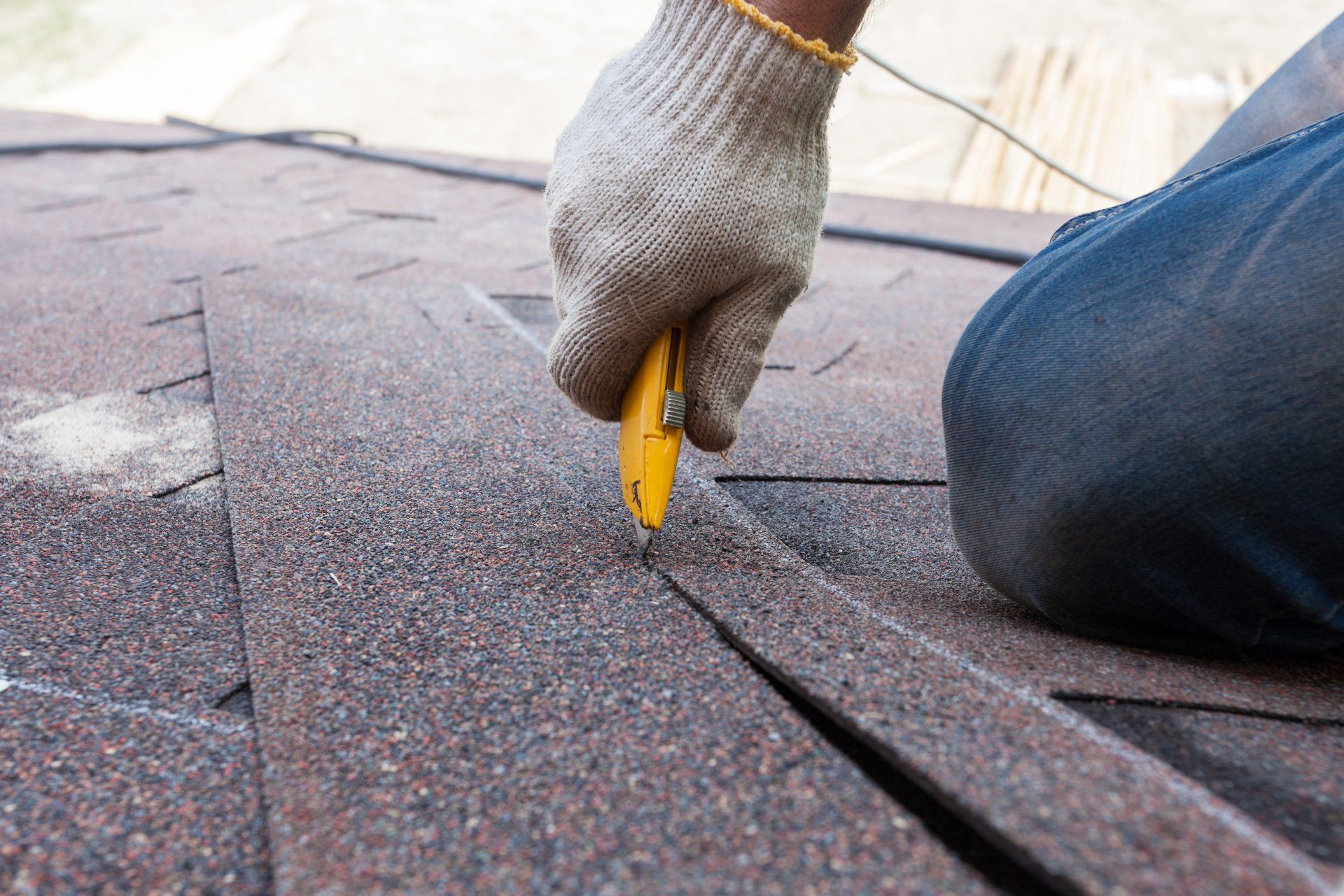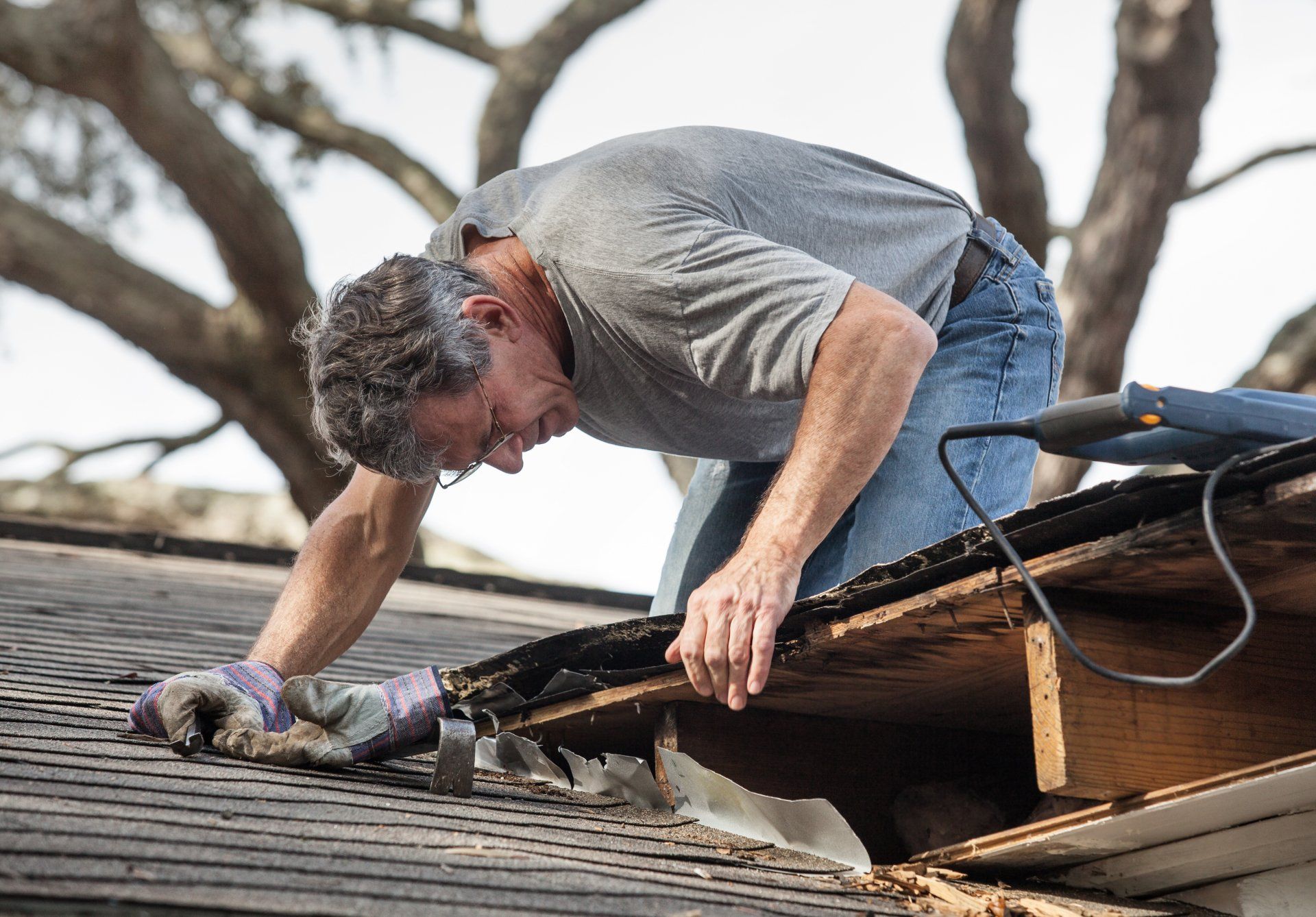Roof Repairs St Louis
Roof Repair or Roof Replacement?
Has your roof started shedding shingles? Have you spotted the number-one sign of failure -- leaks and water spots on your ceilings?
If your answer is yes, don't be worried; there are lots of people in the same boat as you. I've been in the roofing industry long enough to field questions about these problems from hundreds of homeowners.
The right solution will depend on your specific situation. Take heart, though: Most damaged roofs can be repaired! But there are some times when a roof replacement is the only smart choice.
How do you know the difference between a "repair" problem and a "replace" problem? Don't worry! We're here to help guide you! Read on for expert advice on the difference between the two situations.
Key Factors In The Repair Vs. Replace Decision
Certain over-arching factors affect the decision between repairing or replacing. For example, you need to know the age of your current roof and have an idea of how long you intend to stay in your home before making your choice. The material used -- the most common being asphalt shingles -- also plays a large role in deciding when the time is right for a replacement.
Don't know your roofs age? Don't worry; an experienced roofer can provide you with an accurate estimate of its age.
Even the cheapest three-tab shingles should last 15 or even 20 years when properly installed. More expensive "architectural" shingles are designed to resist winds of up to 130 MPH and can easily last up to 40 years.
Common signs of a failing roofing system include:
* Curling or buckling shingles
* Loss of granules
* Granules in your gutters
* Missing shingles
* Sagging in the decking
* Visible blisters in your shingles
Always get a second opinion before making any commitments; get at least two roofing companies to give you a estimate. I've met a lot of lucky homeowners who asked me to confirm a "replacement" assessment that turned out to be fraudulent. Some roofers are out to sell you a new one regardless of your current roof's condition.
How Future Plans Affect Your Roof Decision
If your current house isn't your "forever home," a replacement may not be the right decision even if it's nearing the end of its life. But on the other hand, if you know you're going to try to sell your current home soon, the condition of its roof could have a major impact on its appeal to buyers.
If you're living in a home you plan to keep permanently and your current one is more than 15 years old, any warning signs you spot warrant an inspection by a professional roofer. Let the expert tell you if you have any specific trouble spots. If there's nothing seriously wrong, it's still a good idea to sign up for an inspection and maintenance plan. Having a professional come out at least once a year will go a long way toward catching problems before they get serious. A regular maintenance plan will extend your roofs life.
If you know you're going to sell your home soon and your roof is heavily damaged, be aware that problems will drive off buyers and reduce the buying prices offered to you. Full roof replacement is often the best course of action when you're looking to sell. A new one gives your house significant curb appeal. On average, at least 68% of the cost of a full replacement comes back to you when you sell your home.
Repair: The Benefits
* Repair Is Cheaper Than Replacement
As common sense would suggest, repairing the existing one is a lot cheaper than replacing it. Individual components in your roofing system can (and do!) fail long before the entire system is worn out.
* Repairs Extend Your Roof's Lifespan
Anytime you have a roofer out to give you an inspection, ask him about the most cost-effective repair work that can be done. Every repair you make can extend your roofs life. DIY Roof Repair
Repair: The Drawbacks
* Shingle Matching Is A Pain
It's inevitable; shingles change color over time thanks to the sun and the weather. That makes it difficult to match brand-new shingles with weathered ones. It may not be possible to match replacement shingles to the ones already in place, leading to a patchy appearance -- and a negative impact to your home's curb appeal if you want to sell it.
DIY Roof Repair
Getting your roof repaired is cheaper than getting it replaced. But it can still be outside of some peoples budget, especially around the holidays. So you may be considering a DIY roof repair. This will save you money and can save you time from finding a company to do the repair. But it is not recommended because if not done correctly it can end up costing you more in the long run. It can also be dangerous due to climbing on your roof. Check out our blog about DIY Roof Repair to learn more. If your looking to replace your own roof check out our blog on DIY Roof Replacement.
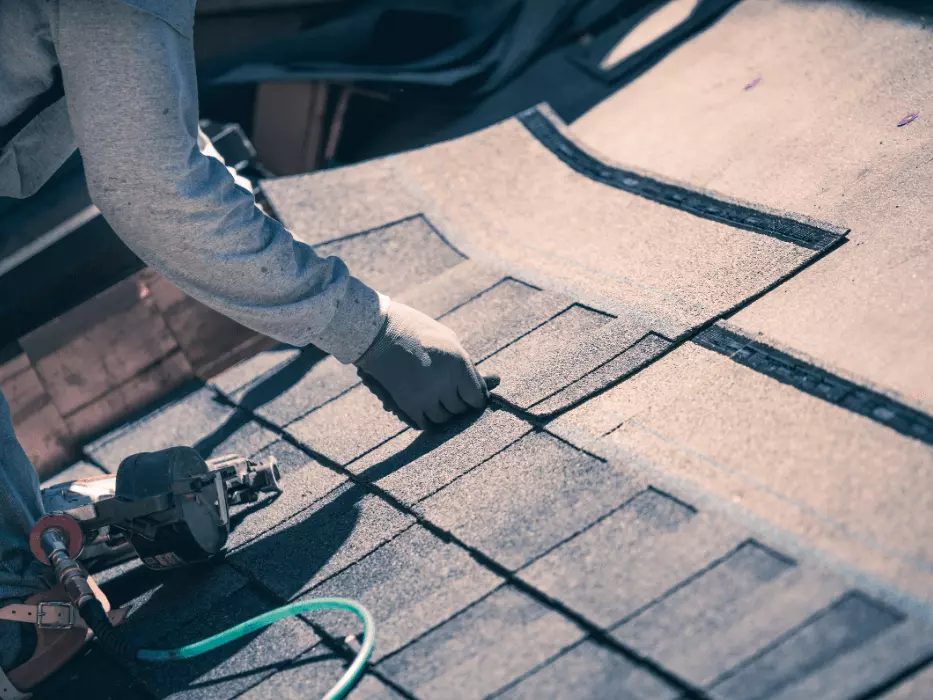



- Roof Repairs by Contemporary
- 810 Eastbrook lane
- 636 757 3563
